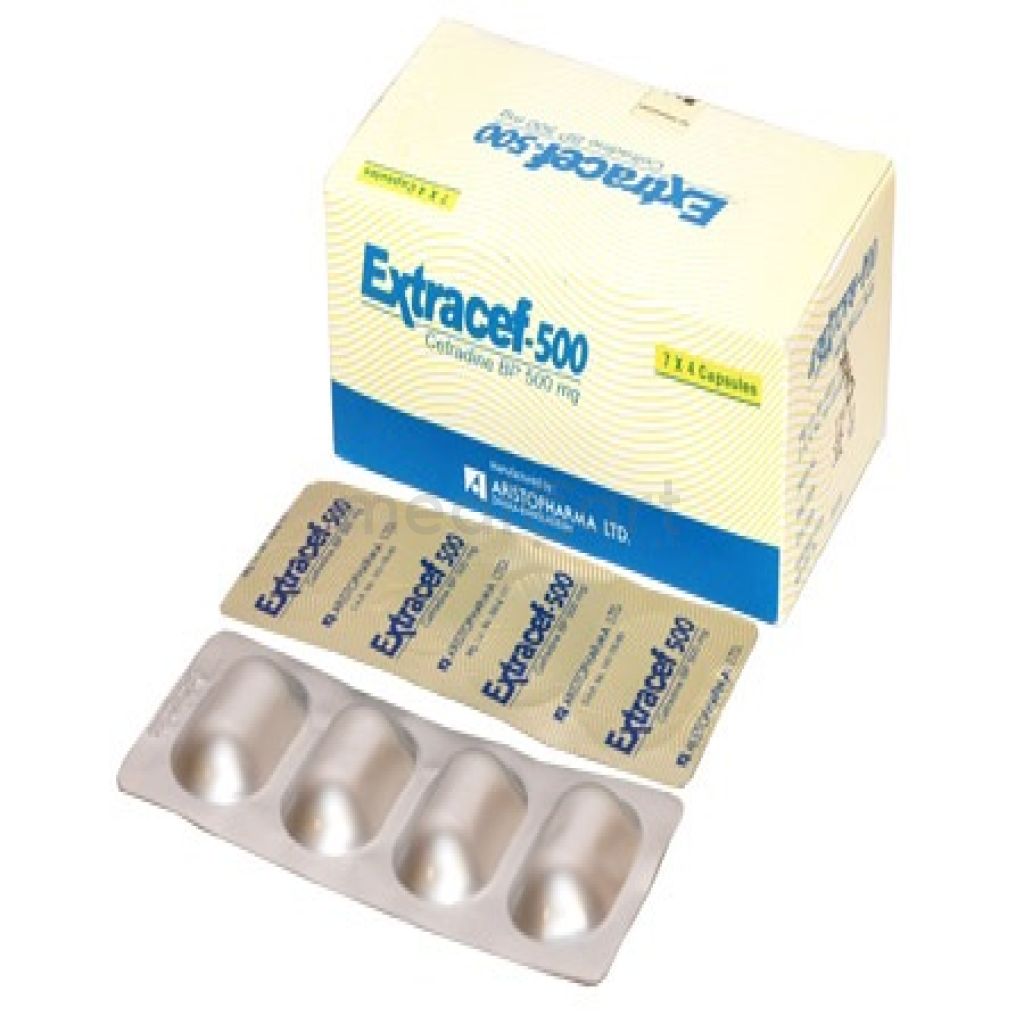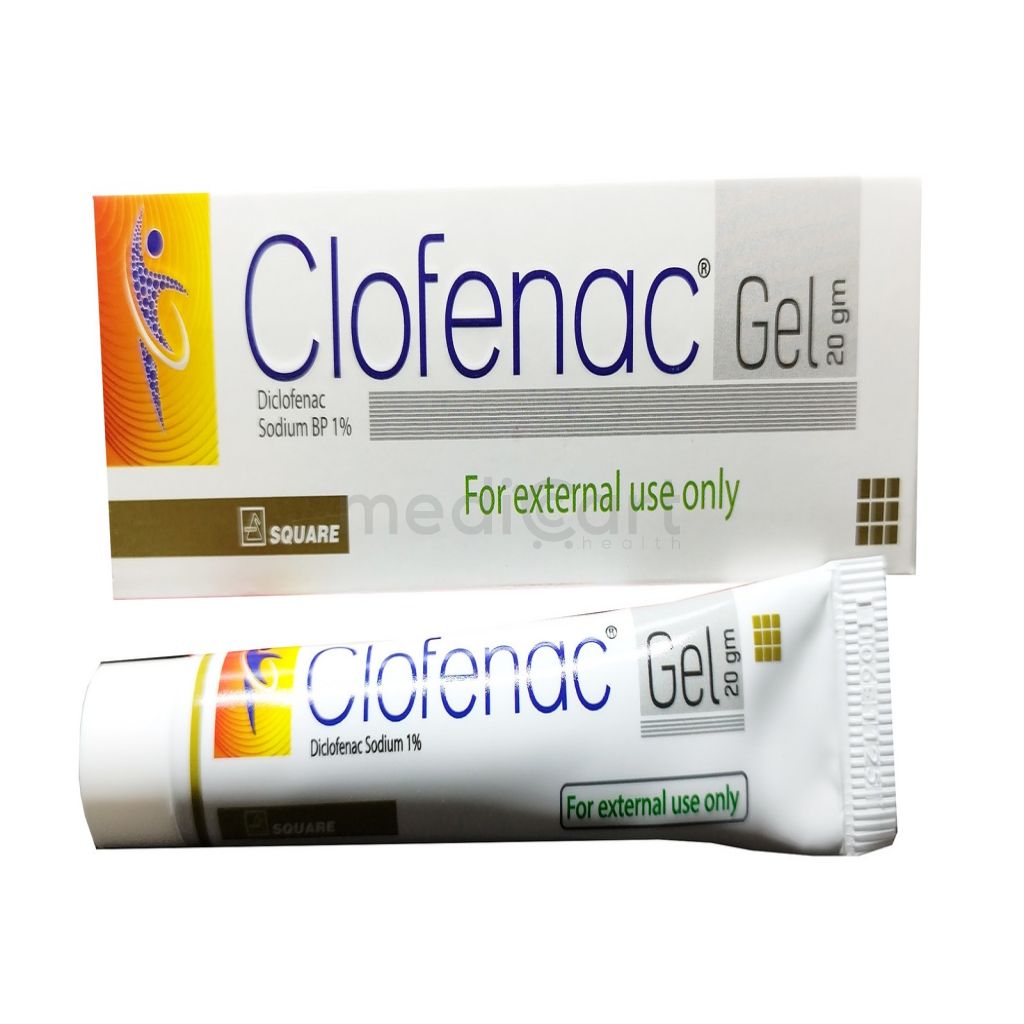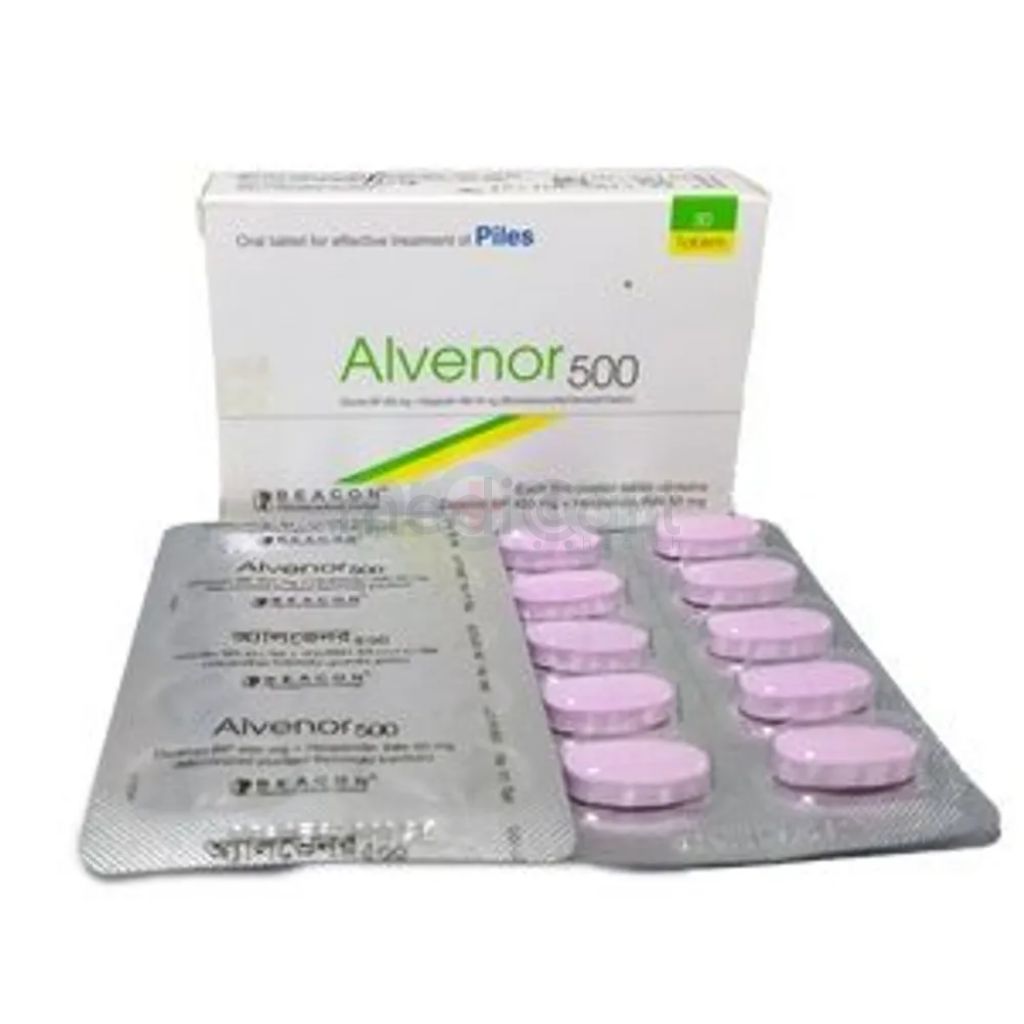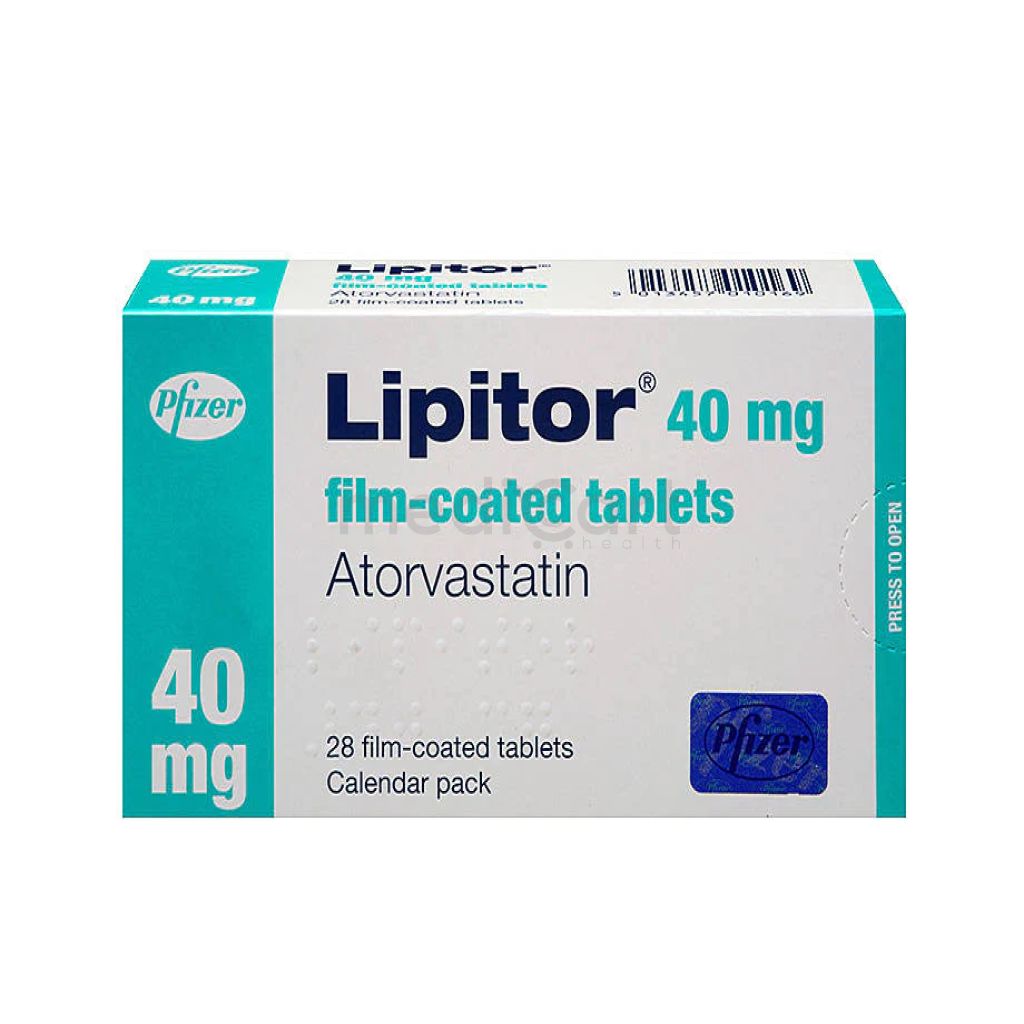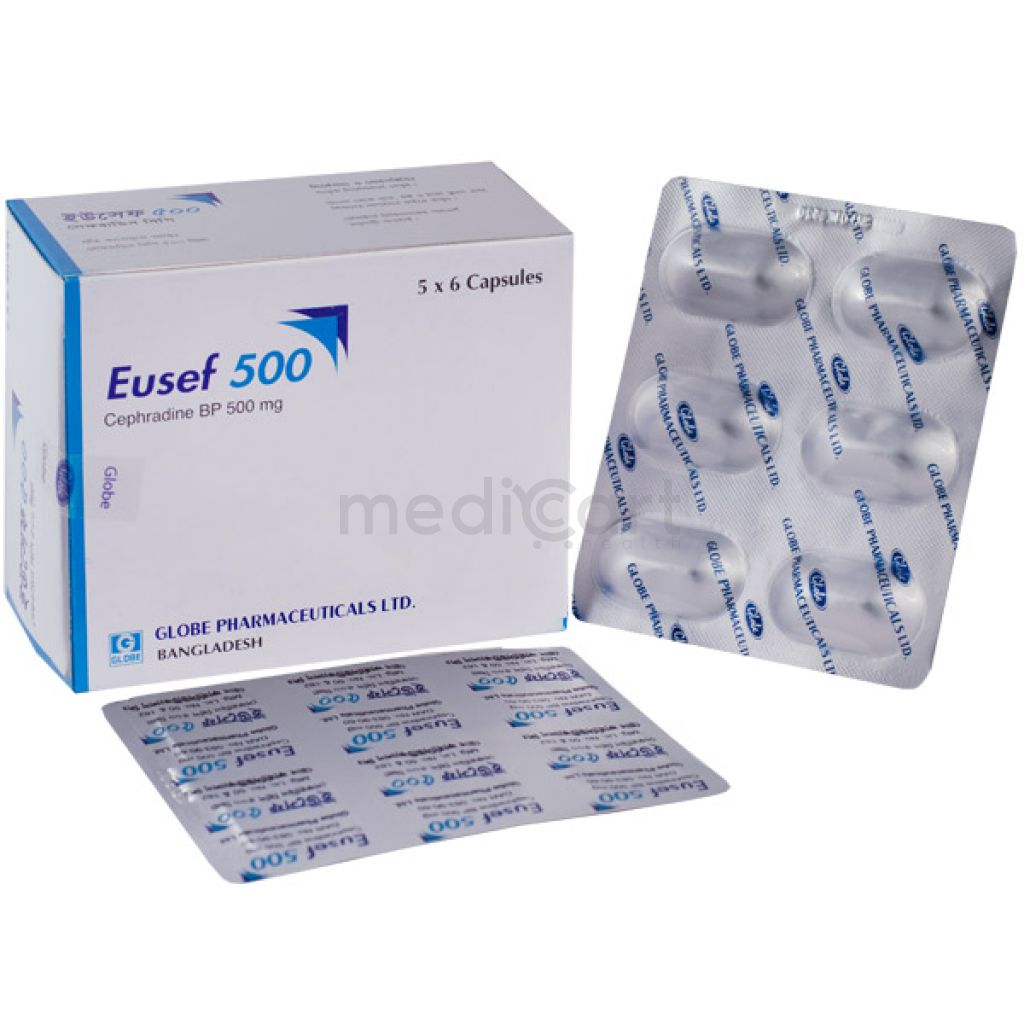

Eusef - 500mg
Capsule* Delivery will be done in Dhaka city only.
More Information About - Eusef - 500mg
Description
Indication
Pneumonia, Pharyngitis, Susceptible infections, Otitis media, Skin and Skin-Structure Infections, Rheumatic fever, Tonsillitis, Respiratory tract infections, Urinary tract infections, Surgical Prophylaxis, Genitourinary tract infections, Acute prostatitis
Administration
May be taken with or without food. May be taken w/ meals to reduce GI discomfort. Parenteral doses by deep IM or slow IV inj over 3-5 min or by IV infusion. Reconstitution: IM: Add 2 mL or 4 mL of sterile water for inj or NaCl 0.9% inj to 500 mg or 1 g vial, respectively. IV: Add 5 mL of sterile water for inj, dextrose 5% inj, NaCl 0.9% inj or other suitable soln to 500 mg vial. Shake well the entire soln.
Adult Dose
Adult: PO Susceptible infections 1-2 g/day in 2-4 divided doses. Max: 4 g/day. Surgical prophylaxis 1-2 g pre-op. Subsequent doses may be given as needed. Skin and skin structures and respiratory tract infection: Usual dose is 250 mg every 6 hours or 500 mg every 12 hours. Lobar pneumonia: 500 mg every 6 hours or 1 gm every 12 hours. Urinary tract infection: Usual dose is 500 mg every 12 hours. Gastro-intestinal tract infection: 500 mg three to four times daily. IV/IM Severe infections 2-4 g/day in 4 divided doses. Max: 8 g/day.
Child Dose
Children: Oral: The usual total dose is 25 to 50 mg/kg/day given in 2 to 4 equally divided doses. Injection: 50 to 100 mg/kg/day in 4 equally divided doses. The usual total dose may be increased up to 200-300 mg/kg/day. Perioperative prophylaxis: Recommended dose is 1-2 gm by intramuscular or intravenous route; subsequent parenteral or oral doses are given as appropriate.
Renal Dose
Renal impairment: For patients undergoing chronic intermittent haemodialysis: 250 mg may be given at the start of the session, repeated after 6-12 hr, then again 36-48 hr after the initial dose, and again at the start of the next haemodialysis if >30 hr have elapsed since the previous dose. CrCl (ml/min) >20 500 mg every 6 hr. 5-20 250 mg every 6 hr. <5 250 mg every 12 hr.
Contraindication
Hypersensitivity to cefradine or other cephalosporins; porphyria.
Mode of Action
Cefradine is a 1st generation cephalosporin which inhibits the final transpeptidation step of the peptidoglycan synthesis in bacterial cell wall by binding to one or more of the penicillin-binding proteins (PBPs), thus arresting cell wall synthesis leading to bacterial cell death.
Precaution
Renal impairment; history of penicillin sensitivity; pregnancy; lactation.
Side Effect
Diarrhoea, nausea, vomiting; leukopenia, neutropenia, eosinophilia, rash, pruritus; joint pain; increased BUN and creatine; dizziness. Potentially Fatal: Pseudomembranous colitis.
Interaction
Increased risk of nephrotoxicity w/ loop diuretics. Decreased renal clearance w/ probenecid.
Disclaimer
The information provided herein are for informational purposes only and not intended to be a substitute for professional medical advice, diagnosis, or treatment. Please note that this information should not be treated as a replacement for physical medical consultation or advice. Great effort has been placed to provide accurate and comprehensive data. However, Medicart along with its authors and editors make no representations or warranties and specifically disclaim all liability for any medical information provided on the site. The absence of any information and/or warning to any drug shall not be considered and assumed as an implied assurance of the Company.





